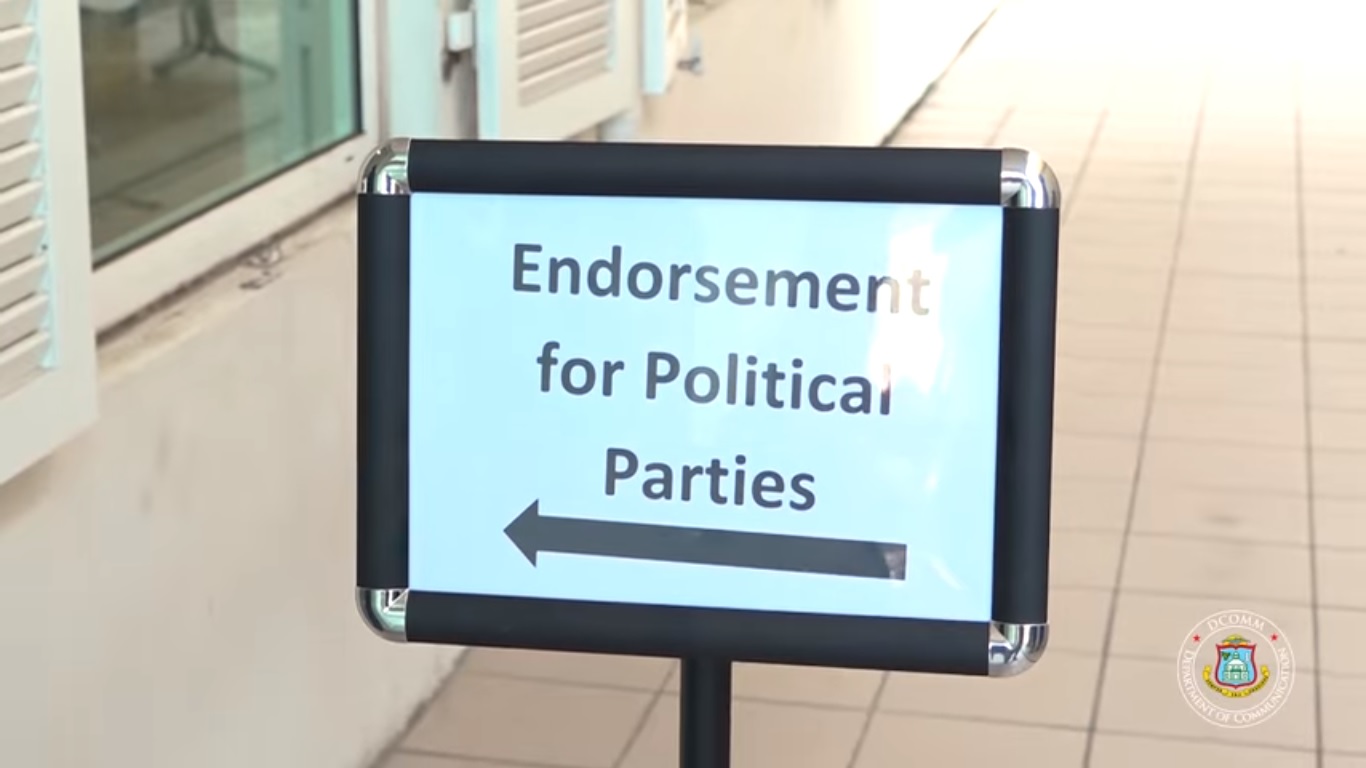The writing is on the wall

By Hilbert Haar
Let me make one thing clear before writing anything else. The real winners and losers will become apparent only after the January 9, 2020 elections. But I still think, quoting Greta Thunberg, that “change is coming whether you like it or not.”
I already outlined the first indications of imminent change based on the strength of the lists of candidates the seven parties have presented. That analysis showed that the National Alliance list contains the strongest voting power. It leaves all other contenders far behind.
The re-established United People’s party is at best a dark horse in the upcoming race. Without its former leader Theo Heyliger and without Franklin Meyers (between them good for around 1,700 votes in 2018) the UP will have to come up with a really good message this time if it wants to remain anywhere near the corridors of power.
If Endorsement Day – the moment when parties without seats in the current parliament have to present a list with the signatures of at least 136 eligible voters who support them – is any indication it looks like the UP has lost some of its luster.
Three parties had to seek endorsements: the newly established Party for Progress (PFP), the People’s Progressive Alliance (PPA) and the UP. Because Sarah Wescot-Williams opted to return to the polls with the United Democrats, rather than resurrecting the Democratic Party, she did not need to take part in Endorsement Day.
The numbers we saw from Endorsement Day are rather surprising. It took the PFP less than two hours to put together a list with more than 136 signatures. At 10 a.m. the score for the PFP was 156 – and the party was home free. The UP had only 57 signatures at that time, and the PPA had 43.
At noon, the UP had 97 signatures, the same number the PFP received in the first hour, while the PPA lagged behind with just 74.
At 1 p.m. the UP had crossed the 136-threshold (with 156 signatures) and the PPA did the same one hour later (with 138 signatures).
At the end of the day, the PFP had 311 signatures – an astonishing number for a new party. Support for the UP stalled at 205 signatures and the PPA had to make do with 178. In other words: all three parties collected enough signatures to make them eligible for taking part in the elections on January 9.
What do these numbers tell us? Nothing about the outcome of the elections, that’s for sure. But they do show that the UP was not the most popular party on Endorsement Day. Of the total of 694 signatures, 44.8 percent went to the PFP, 29.5 percent to the UP and 25.6 percent to the PPA.
The PFP and its party leader Melissa Gumbs have something to celebrate, while UP-leader Rolando Brison has his work cut out for him. Nothing has been won yet, and nothing has been lost, but somehow I feel that the writing is on the wall, maybe not for the whole political establishment, but most likely for the UP.
###
Related links:
Elections promise earthquake shift in the balance of power
Video: Endorsement Day 2019

























